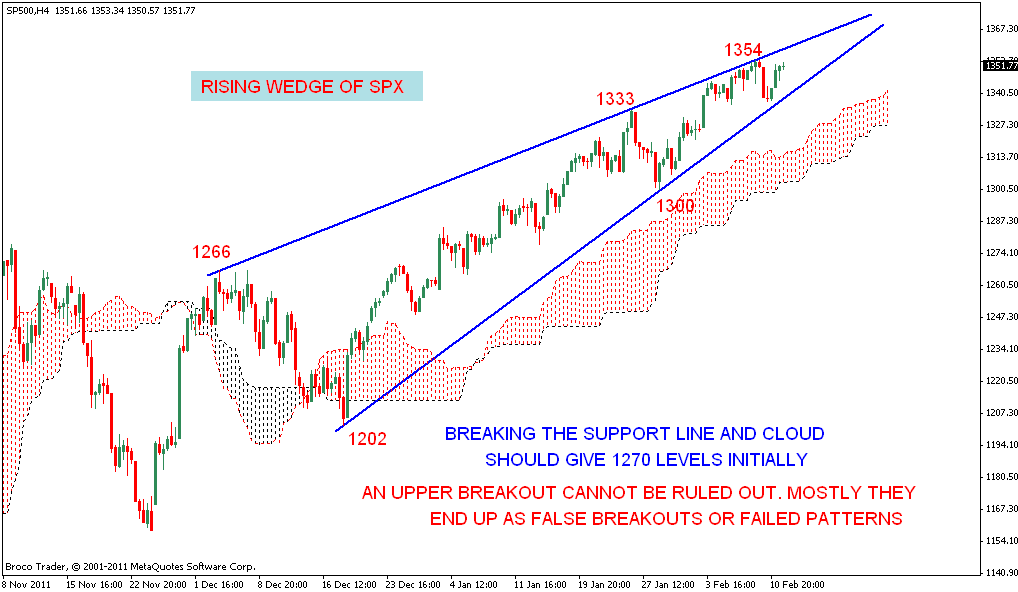


The combination of wide price swings and increasing volume implies a frenzied market that is out of control, which are symptoms of market tops, rather than bottoms. This means that neither the bulls nor bears are in a dominating position and, therefore, they are trying harder to bring things under control.

This is because it is formed when there is a lot of unsettled trading activity in the market. On the other hand, the volume usually spurts when a widening triangle is created. The volume usually falls when a normal triangle formation occurs, indicating the investor indecision. Unlike the normal triangles, where the area keeps reducing over a period, in this case it keeps widening, that is, it looks like an inverted triangle. This rare formation is also called a megaphone or a broadening top formation. While the continuation pattern is created in a short time frame, that is, 1- 2 months, the turnaround pattern formation takes longer, that is, 3-6 months.Īpart from the narrowing triangles, these can also be formed in a widening shape. The second difference is based on the time taken to complete the two patterns. This means that trading based on the study of a pennant is much easier. However, this certainty does not exist in the case of a symmetrical triangle and there is a small probability of a trend reversal here. Being a part of the continuation patterns, it’s almost certain that the price continues in the same direction once the pennant is complete. Though both symmetrical triangles and pennants can be formed during an uptrend or a downtrend, there is a small difference in their interpretations as well. Second, clear bottoms and tops are required to form a symmetrical triangle, but a pennant can be created by a simple convergence of straight lines matching the highs and lows of intervening bars (see pennant chart). First, while the time taken for completing the formation of a symmetrical triangle is usually 1-3 months, a pennant formation is completed in a much smaller time frame, that is, 10-15 days. Pennant is similar to a symmetrical triangle, with very few differences between the two. In continuation of these patterns, here are some more variations, the most common being pennant, wedges and widening triangle. In the previous part, we explained triangles (symmetrical, ascending, descending).


 0 kommentar(er)
0 kommentar(er)
